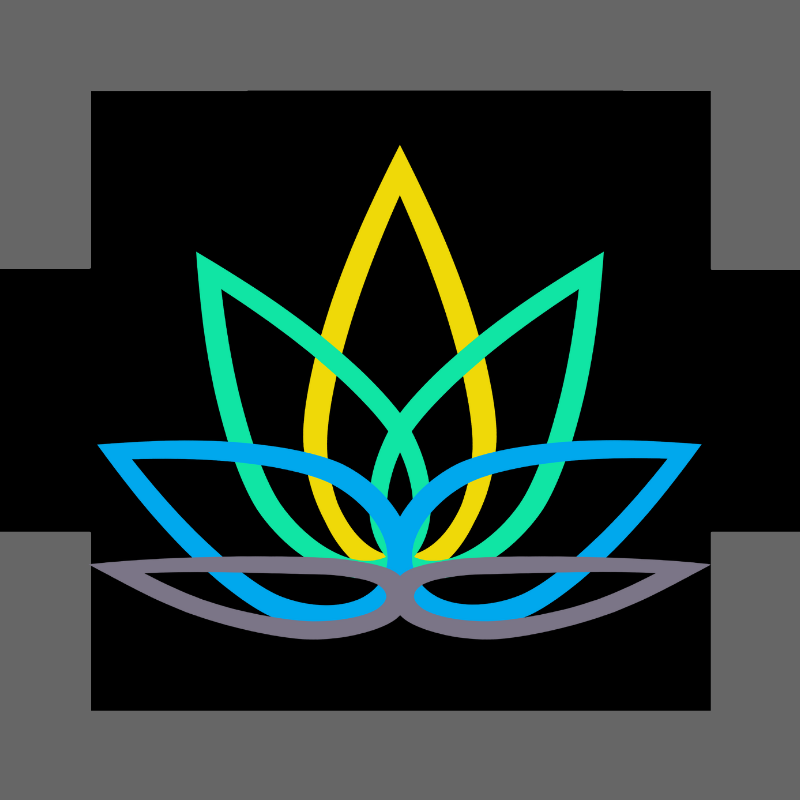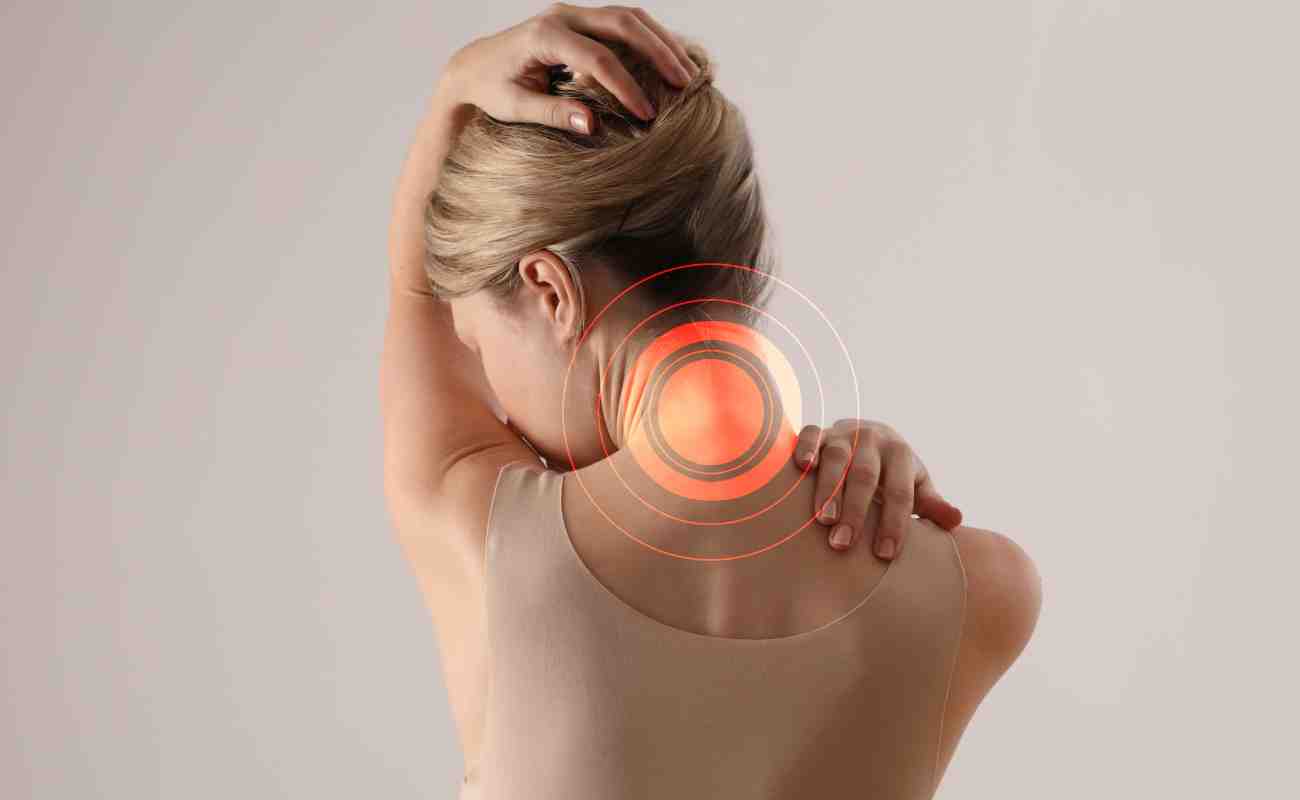
Tennis Elbow Physiotherapy
Get relief from tennis elbow with effective physiotherapy treatment specifically designed to target and alleviate pain caused by this common condition.
TENNIS ELBOW CONDITION
Tennis elbow (lateral epicondylitis) is a painful condition that occurs when tendons in your elbow are overloaded, usually by repetitive motions of the wrist and arm. Despite its name, athletes aren’t the only people who develop tennis elbow. People whose jobs feature the types of motions that can lead to tennis elbow include plumbers, painters, carpenters and butchers. The pain of tennis elbow occurs primarily where the tendons of your forearm muscles attach to a bony bump on the outside of your elbow.
Pain can also spread into your forearm and wrist. It should be remembered that only 5% of people suffering from tennis elbow relate the injury to tennis! Contractile overloads that chronically stress the tendon near the attachment on the humerus are the primary cause of epicondylitis. It occurs often in repetitive upper extremity activities such as computer use, heavy lifting, forceful forearm pronation and supination, and repetitive vibration. Despite the name you will also commonly see this chronic condition in other sports such as squash, badminton, baseball, swimming and field throwing events. People with repetitive one-sides movements in their jobs such as electricians, carpenters, gardeners also commonly present with this condition.
TENNIS ELBOW INJURY SYMPTOMS
The majority of the patients complain of pain located just anterior to, or in, the bony surface of the upper half of the lateral epicondyle, usually radiating in line with the common extensor mass. The pain can vary from intermittent and low-grade pain to continuous and severe pain which may cause sleep disturbance. Wrist and finger extensor and supinator muscle contraction against resistance typically produce it. The pain slightly lessens when stressing the extensors with the elbow held in flexion.
On inspection, there is no remarkable alteration in the early stages. As the disease evolves, a bony prominence over the lateral epicondyle can be detected. Muscle and skin atrophy as well as detachment of common extensor origin can be seen as a result of corticosteroid injections or long-standing disease.
Usually, no effects on range of motion. Painful motion may occur in more advanced stages, where it can be elicited in full elbow extension with the forearm pronated. If limited motion exists, clinicians need to exclude other concomitant pathology. Many tests are employed in lateral epicondylitis (LE) physical examination. Maudley’s test, Thomson’s manoeuvre, diminished grip strength, and the ‘chair’ test are some of the tests used to reproduce the pain of tennis elbow.
ELBOW DIAGNOSIS
Plain anteroposterior (AP) and lateral radiographs are useful for the assessment of bone diseases such as OCD, arthropathy and loose bodies.
Ultrasound is one of the most useful tools to diagnose or rule out LE. Structural changes affecting tendons (thickening, thinning, intra-substance degenerative areas and tendon tears for example), bone irregularities or calcific deposits can be detected.
Magnetic resonance imaging (MRI) is more reproducible, reduces inter-operator variability and gives more information about intra-articular pathology. Unfortunately, MRI findings poorly correlate with the severity of clinical symptoms, and this modality is expensive for routine use in such a common condition.
TENNIS ELBOW PHYSIOTHERAPY TREATMENT
Doctors sometimes recommend very different treatments for both tennis elbow and golfer’s elbow. According to the studies done so far, the following treatments can help:
Stretching and strengthening exercises: Special exercises that stretch and strengthen the muscles of the arm and wrist.
Manual therapy:
This includes active and passive exercises, as well as massages.
Painkillers:
Especially non-steroidal anti-inflammatory drugs (NSAIDs).
Injections:
Steroid injections.
Ultrasound therapy:
This is about applying high-frequency sound waves on the arm. This warms the tissue, which improves the circulation of blood.
The main treatment for symptom relief is usually a combination of stretching and strengthening exercises. NSAIDs are an option for short-term treatment. Steroid injections can also relieve the pain, but they may disrupt the healing process.
Most of the following treatment options for tennis elbow are also in market.
Braces / bandages:
These are worn around the elbow or on the forearm to take strain off the muscles.
Injections: Injections into the elbow with various substances, such as Botox, hyaluronic acid or autologous blood (the body’s own blood).
Extracorporeal shockwave therapy (ESWT):
Here, a device delivers shock or pressure waves to the tissue through the skin, aiming to enhance blood circulation and accelerate the healing process.
Laser therapy:
This comprises of treating the tissue with concentrated beams of light. These stimulate the circulation of blood and the body’s cell metabolism.
Transcutaneous electrical nerve stimulation (TENS):
TENS devices transfer electrical impulses to the nervous system through the skin. They keep the pain signals from reaching the brain.
Acupuncture:
This includes inserting acupuncture needles into certain points on the surface of the arm. Here, too, the aim is to minimize the perception of pain.
Cold: The elbow is regularly cooled with ice packs.
Massages:
Therapists often use a massage technique called “transverse friction massage” to treat tennis elbow and golfer’s elbow. They apply it to the tendons and muscles, using the tips of one or two fingers.
Surgery:
Surgeons use different surgical approaches. Most of them involve detaching parts of the forearm muscles or separating and destroying the nerves that carry the pain signals.
Physiotherapy Clinics in Mississauga and Oakville for Tennis Elbow:
Have you been experiencing aching pain in the wrist and arm? Are you having reduced range of motion in your wrist?
Or are you looking for the best stretches or exercises for wrist and arm pain?
At Curezone Physiotherapy, our expert therapists aim to improve wrist strength and flexibility through targeted arm stretches to relieve pain. If you are looking for Physiotherapist NEAR ME to learn the exercises to eliminate wrist pain, look no further! We aim to be YOUR best physiotherapist in Mississauga and Oakville areas, and are here and ready to teach you the best exercises for Tennis Elbow related pain.
Rated as one of the best physiotherapy clinics in Mississauga, Oakville, and Toronto areas, our expert physiotherapists are ready to immediately start assisting you in your road to recovery.
Mississauga:
Physiotherapy Clinic Mississauga – Curezone Physiotherapy, Heartland Mississauga.
Physiotherapy Clinic Erin Mills – Curezone Physiotherapy, Erin Mills Mississauga.
Oakville:
Physiotherapy Clinic Oakville – Curezone Physiotherapy, Burloak Oakville.
P.S: All the Curezone Physiotherapy clinics are covered by OHIP.




